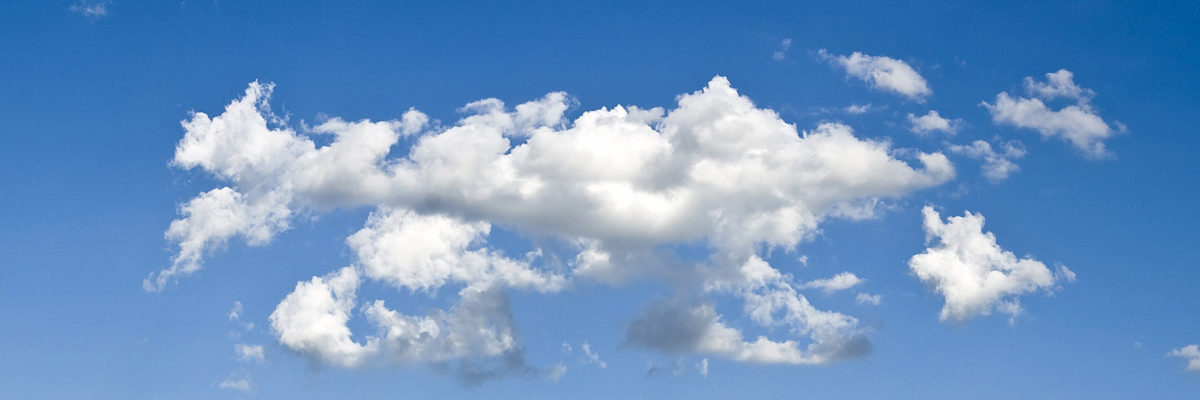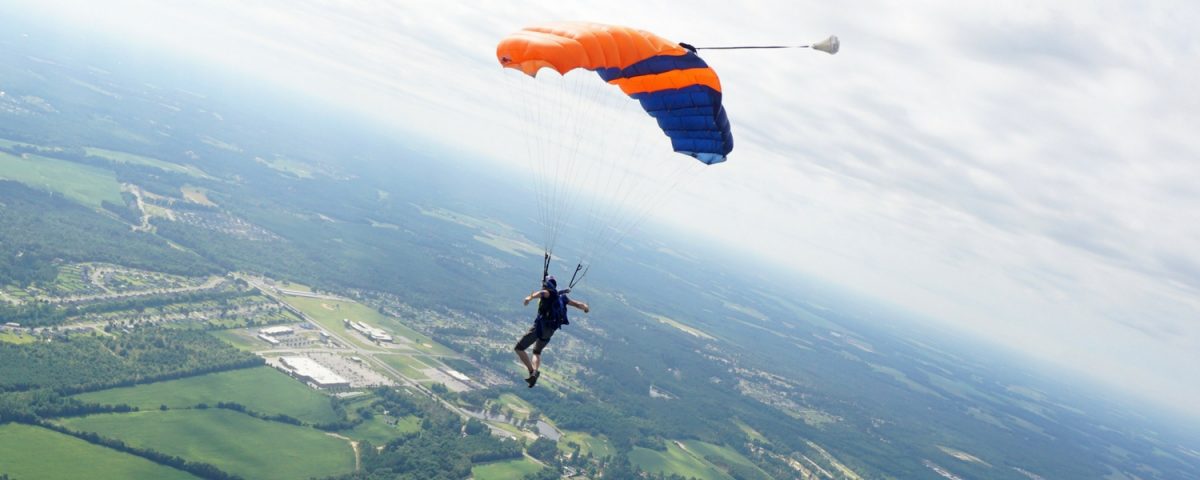
How Weather Will Affect my Skydiving Day
Monday, July 8, 2019
- Team FlyXP
- 7/08/19
- 0
- Skydiving
Rain, rain, go away — come again some other day. Right?
Let’s make that more specific, shall we? Rain, rain, go away — do not come back on my skydiving day! When we skydive, we avoid the rain like the plague, and that’s not all. The straight word is this: If you’re hanging out in the sky, you’re hanging out right in the middle of the weather. Weather, good or bad, directly affects every aspect of the skydiving experience, all the way from the gorgeous light on your face in your tandem skydiving video to the baby-soft smoothness of your return to Earth.
Yes! It’s true. Good skydives depend on good weather. When we skydive, we want the weather to be balmy on the ground, the sky to be clear and blue, and a gentle little breeze ever-so-lightly ruffling the wind blades. Sure, variations on that theme are commonplace, and the results aren’t necessarily unpleasant (for instance: a few scattered clouds are fun and safe!). That said: we don’t get out of the plane when it’s not nice, and there are plenty of excellent reasons why.
The view of the ground from the airplane door has to be crystal-clear.
If the ground isn’t visible from the plane, we won’t leave that door. Okay, it’s true that the skydiving airplane’s GPS is almost certainly going to get us close, but ask any smart skydiver and they’ll tell you: relying on the GPS for “spotting” (getting out at the proper time to land in the correct landing area) is risky. Getting out at the wrong time could end up with a landing in a tree, a lake or a full parking lot full of cars. Check please!
Rainful days are painful days.
How about a little more about heaven’s teardrops, then? As we all know by this point, rain falls from clouds. See above: clouds obscuring the view between the plane and the ground are a no-go kinda deal. If you’re clever, you’re probably asking about what happens when the clouds from which that rain emerges are higher than the plane. Nice question!
The answer: Still nope. While a very light rain sounds like no biggie from the ground, it’s different deal when you’re freefalling at 120mph. Y’know how a cartoon raindrop has a pointy end at the top? Well: this might not be a scientifically provable thing, but It kinda feels like the sharp ends of every single raindrop is pointing up at you as you plow into them. So not fun.
Parachutes like nice weather just as much as we do.
…and parachutes, let’s face it, are super-important on a skydive.
The weight of rain in a parachute changes the way it flies, distinctly for the worse. Also: rain generally comes to the party with its mean sibling, high wind, which can easily push a hapless parachutist off-course. (Sometimes, strong winds can even push a parachute backwards. Yeek!)

To mitigate the risks, we strictly enforce wind speed limits for different solo skydiving licensing levels. If you have a higher-level license, you’re given more latitude to decide what wind speeds you will and will not tolerate. Because Tandem Instructors are very, very experienced, your Instructor on your tandem jump will have significantly more decision-making latitude than a new skydiver. That being the case, we keep our tandem students’ comfort and safety at the front of our minds, and we stop jumping when it’s getting fringey.
…but the weather is bad today!
Turn that frown upside down, dear reader. It’ll be okay, and we’ll see you so soon! In the super-unfortunate event that weather prevents your jump on the day you reserved, we’ll simply reschedule your jump for the next nice one. Or, feel free to move it inside to our indoor skydiving wind tunnel. Boom, problem solved!

Without a doubt my absolute favorite place to be when I'm out of school and off work. I came here after I made a tandem skydive and decided I wanted to learn and did my AFF. The instructors and coaches are wonderful. You WILL learn here. Loved jumping with Michael, Randy and Mike so much. Even if the drive is 2 1/2 hours and I'm licensed now, I'll keep coming back.
Jenna Nicole
Copyright © 2025, Skydive Paraclete XP, All Rights Reserved.
DropZone Web Design & Marketing by Beyond Marketing, LLC